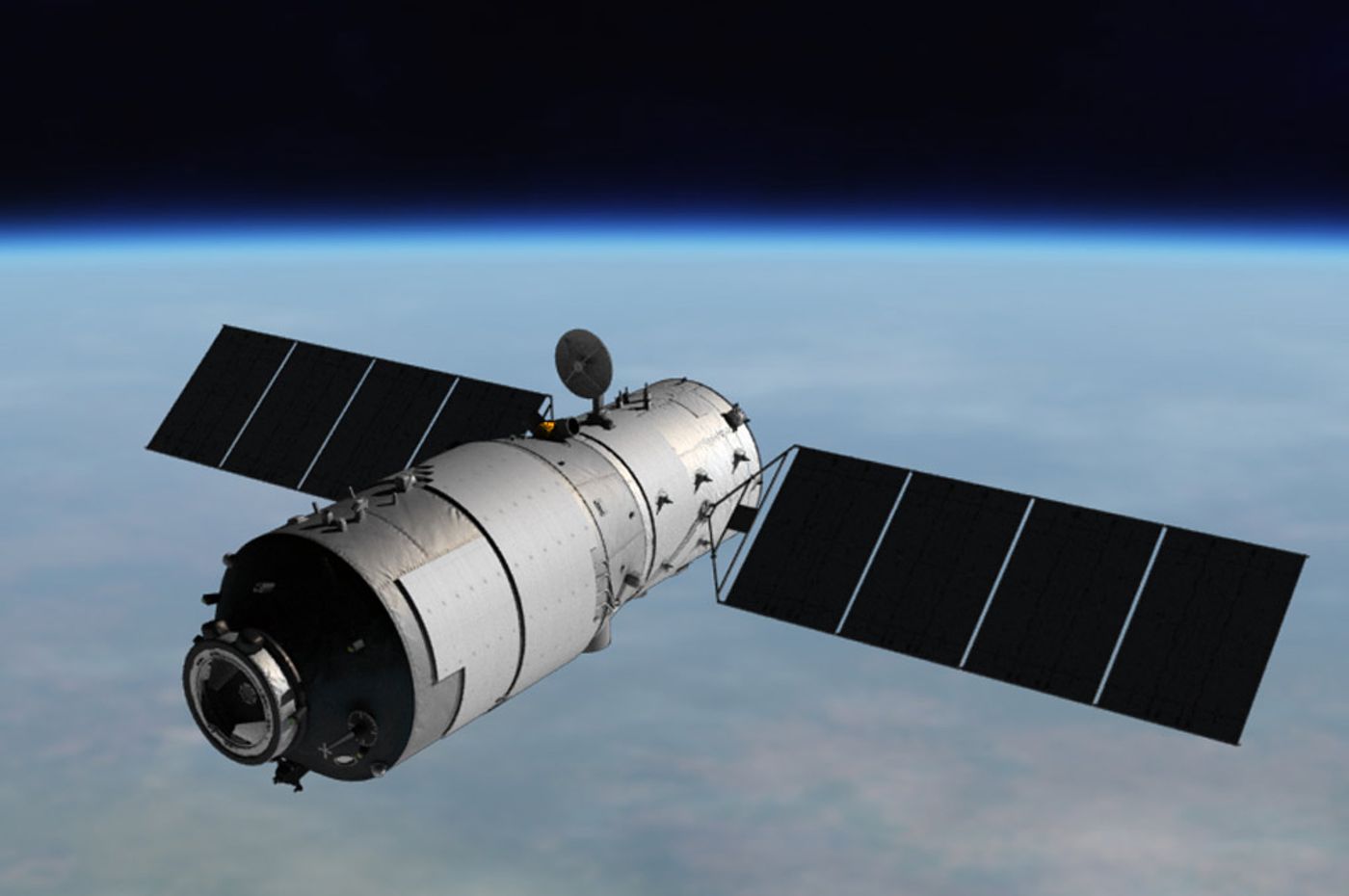China's Tiangong-1 Space Lab is Out of Control and Headed for Earth
There have been credible reports that China had lost control of its Tiangong-1 space lab, which is orbiting the Earth about 230 miles above its surface, since the middle of the year. But, as it becomes more of a hazard, experts continue to keep an eye on it and track its every move.

China officials have now officially acknowledged that the space lab is out of control, and expects it will make a natural re-entry into Earth’s atmosphere sometime in the later half of next year. As you can imagine, this is making some people uneasy.
In case you’re unaware of what “natural re-entry” means, it basically means there’s no telling when or where the 8.5-ton space lab will land. It’s not being landed in a controlled manner; in fact, it’s quite the opposite. It’s going to do whatever it’s going to do and there’s nothing we can do about it.
It could land safely in the ocean, or it could land in the middle of a high-population city. There’s just no telling at this point in time.
Fortunately, Chinese officials believe “most” of the satellite will probably burn up in the Earth’s atmosphere during re-entry, but not all of it. This factor of uncertainty, paired with not knowing where it might land, is what’s causing all the fear and worry.
“You really can’t steer these things,” Harvard astrophysicist Jonathan McDowell said. “Even a couple of days before it re-enters we probably won’t know better than six or seven hours, plus or minus, when it’s going to come down. Not knowing when it’s going to come down translates as not knowing where it’s going to come down.”
“There will be lumps of about 100kg or so, still enough to give you a nasty wallop if it hit you,” he continued.
For what it’s worth, the Earth is about 71% water, so there’s a higher chance of whatever’s left of the space lab crashing down in a body of water or a deserted area somewhere than landing in a heavily populated area. The chances someone will be injured in this landing are fairly low, especially if experts keep a close eye on its.
China launched Tiangong-2, meaning “Heavenly Palace 2,” on September 15th, 2016 in an attempt to breathe new life into the country’s space-based test facility initiative. China expects to expand its space lab into a full-blown facility like the International Space Station in coming years.
Source: The Guardian via Independent








